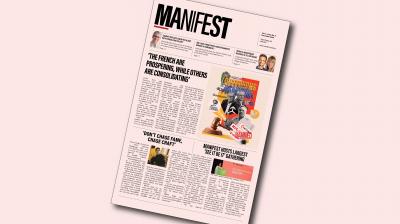For years, impressions and click-through rates (CTRs) have been the default scorecard for Indian marketing. They offer scale and easy reporting, but they don’t answer the most important question: did anyone actually pay attention? Globally, evidence shows that attention the time consumers truly notice and process an ad is a stronger predictor of recall, favorability, and ROI than raw reach.
But shifting an industry hooked on scale is easier said than done.
Measurement remains fragmented, with different players pushing different frameworks. Agencies like dentsu are experimenting with attentive-seconds-per-thousand impressions, while international firms like Adelaide and Amplified Intelligence are building their own models. Without a standardised currency, comparison and adoption remain patchy.
The tougher hurdle, though, is mindset. Many clients still ask agencies (according to the ones we spoke to), “How many people did we reach?” rather than, “How deeply did we engage them?” That entrenched comfort with scale-based metrics makes it difficult to prioritise depth of connection.
BBDO India’s Kirti Meera Sharad, dentsu India’s Abhinay Bhasin, Wellbeing Nutrition’s Varun Kandhari, and Nat Habit’s Swagatika Das all weighed in on the subject, stressing that while attention is a more truthful marker of impact, the lack of common standards, scalability, and entrenched habits remains a major barrier.
The consensus is clear: attention is more valuable than exposure. The open question is whether Indian marketers can break old habits and embrace it as the next big metric.
This feature was first published in the October issue. Click here to read the full piece.










